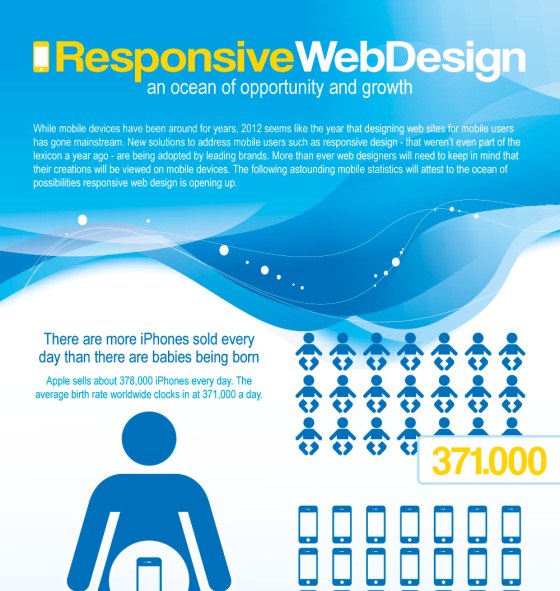Improving Internet Site Loading Speed For Improved Individual Experience: 5 Techniques
Improving Internet Site Loading Speed For Improved Individual Experience: 5 Techniques
Blog Article
Created By-Pena Kearns
To boost your web site packing rate for much better customer experience: compress photos, decrease CSS and JavaScript, allow web browser caching, incorporate a Material Delivery Network (CDN), and enhance web server reaction time. Focus on top quality in photo compression. Usage devices like TinyPNG or WebP for better outcomes. Lower CSS and JS documents dimensions to quicken loading. Utilize web browser caching to save frequently accessed resources in your area. Carry out a CDN to worldwide disperse web content. Lower web server reaction time by maximizing code and tracking server performance. Boost your website efficiency efficiently with these techniques.
Image Optimization
To optimize your web site loading rate, beginning by pressing images without sacrificing quality. Big image documents can dramatically reduce your website, aggravating site visitors and impacting your internet search engine positions. Usage devices like Adobe Photoshop, TinyPNG, or Squoosh to minimize photo documents sizes while preserving visual charm.
When compressing photos, go for an equilibrium in between high quality and dimension. Trying out https://docs.google.com/spreadsheets/d/1xIC5TDhKsyxRuqrbHdrHe9HGI-SL6TsilxT4Pi65wW4/edit#gid=482285916 to locate the wonderful area where images are crisp and clear, however still light-weight. Consider making use of modern-day picture formats like WebP, which use superior compression without jeopardizing high quality.
In addition to compression, make certain that pictures are properly sized for their display screen on your website. Prevent submitting large photos and relying upon HTML or CSS to resize them. Instead, scale images to the precise dimensions needed, reducing unnecessary data transfer and improving packing times.
Minify CSS and JavaScript
Consider decreasing the size of your CSS and JavaScript submits to maximize your site loading speed. Minifying involves eliminating unneeded spaces, comments, and characters from your code without influencing its performance. By reducing the file sizes of CSS and JavaScript, your site can fill much faster because smaller files are quicker to download and install and process.
To minify your CSS, you can utilize tools like CSSNano, UglifyCSS, or on the internet minifiers that instantly get rid of redundant code. Similarly, for JavaScript data, devices such as UglifyJS, Closure Compiler, or online minification solutions can help enhance your code.
Minifying CSS and JavaScript not just quickens your website however likewise enhances user experience by lowering wait times. In addition, smaller documents sizes can positively affect your internet search engine positions given that faster-loading websites tend to place higher in search results.
Make Use Of Browser Caching
By allowing internet browser caching, you can significantly enhance the loading rate of your site material. Web browser caching enables regularly accessed resources, such as photos, CSS, and JavaScript documents, to be kept locally on an individual's device. When a site visitor returns to your website, their browser can recover these files from the neighborhood cache rather than downloading them once more from the web server. This decreases the number of HTTP demands required to pack a web page, leading to quicker filling times and boosted individual experience.
To take advantage of web browser caching efficiently, you can establish expiry headers for your site sources. By defining how long internet browsers ought to cache certain files prior to checking for updates, you can strike an equilibrium between fresh material and minimized load times. In addition, take into consideration utilizing a versioning system in your data names or implementing cache-control headers to manage caching actions extra exactly.
Material Shipment Network (CDN) Integration
Enhance your internet site filling rate by effortlessly integrating a Material Distribution Network (CDN). A CDN functions by distributing your web site's static material across web servers strategically situated all over the world. When a user accesses your website, the CDN supplies these fixed elements from the server closest to them, reducing latency and quickening packing times. By leveraging a CDN, you can guarantee that your web site loads quickly for users no matter their geographic place.
Incorporating a CDN into your web site is a straightforward process. Most CDN providers provide easy-to-follow guidelines or plugins that enable you to set up the service rapidly. As soon as integrated, the CDN will immediately maximize content delivery, caching sources, and decreasing the tons on your beginning web server. This not just improves packing times however also helps in managing website traffic spikes and ensuring a constant customer experience throughout high-demand periods.
Minimize Server Response Time
Improving server reaction time is essential for maximizing internet site loading rate. When a user accesses your site, the web server needs to process their demand and supply the page. A slow-moving web server action time can result in hold-ups in filling web content, discouraging site visitors and possibly creating them to desert your site.
To minimize server action time, beginning by maximizing your code and data source questions. Puffed up code and ineffective database inquiries can reduce the web server's processing rate. Furthermore, think about upgrading your hosting plan to a quicker server or utilizing a web content delivery network (CDN) to distribute web content more effectively.
Checking your server performance consistently can aid determine any type of bottlenecks or issues affecting action time. By watching on server metrics and performance indications, you can proactively deal with any kind of problems that may develop.
Conclusion
Now that you have actually maximized your site loading speed with these 5 tips, image this: your site filling lightning-fast, images turning up quickly, and content appearing seamlessly. Users will breeze via your web pages, enjoying a smooth and efficient surfing experience.
By applying these strategies, you have actually developed an online freeway for your site visitors, ensuring they have actually a wonderful journey with your site.
Keep up Discover More and enjoy your user experience rise to new heights!
